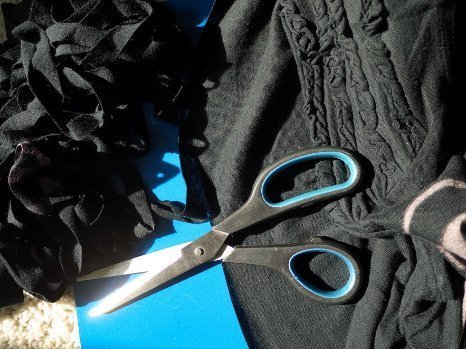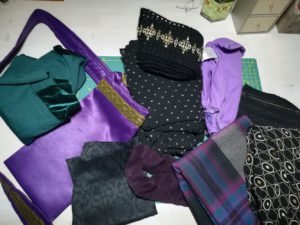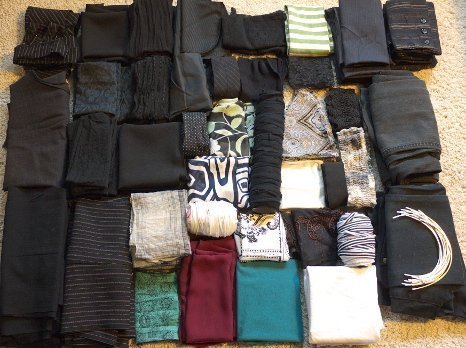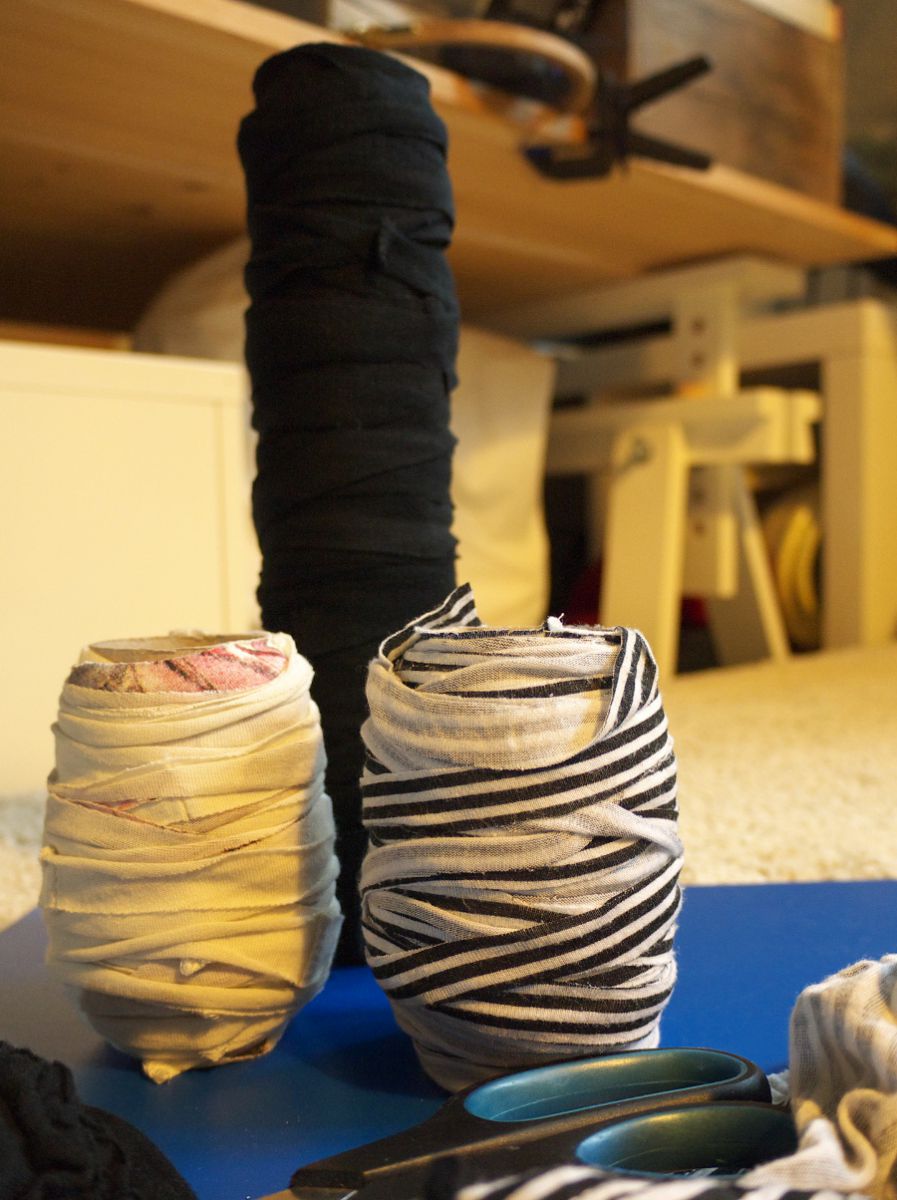
The awareness of upcycling and sustainability within our consumer society is steadily increasing. After large factories have been collecting material for decades in order to reprocess it, a similar process is making its way into domestic households. If an old object no longer finds a use in its original purpose, it is changed and upgraded. Upcycling, a movement that is certainly familiar to every tinkerer:in. Faunauge also makes use of this trend and exploits the advantages it brings with it.

A Trend
Upcycling, the upgrading of old materials and objects, has become an absolute trend along with DIY. For some time now, the internet platform Etsy, for example, has been offering Do-It-Yourself instructions for all kinds of handicrafts in addition to handmade unique items, which represent the main part of the platform’s marketing strategy. The demand for self-made products is increasing. The large number of downloads of instructions confirms a broad interest among individualists. Knitting and the like are in again. But upcycling involves more than just self-design. Fashion designers look for worn-out garments, unpick the seams and create completely new, unexpected and extravagant couture.
Old stuff? Give it to me!
Faunauge is also involved in the current upcycling movement. At the beginning, it was more out of necessity than anything else, but it soon turned out that this path does have useful consequences. For lack of suitable fabrics, I initially searched my own wardrobe for discarded shirts, blouses and trousers. And lo and behold, there are some treasures to be found there. Soon word got around that I was a happy taker of worn skirts, shirts and jackets. Some colleagues and friends bring me their things to clear out their wardrobes. I separate the clothes, cut up the fabric and reassemble them into small ornaments in the form of hats, pins or Japanese fabric flowers (Kanzashi).
Advantages of Upcyclings
Besides creating space in the wardrobe, upcycling has many other advantages. For Faunauge, I was able to get more fabrics free of charge in addition to the conventional materials bought in the fabric shop. It’s incredible what beautiful patterns I can add to my range this way. It would be a shame if such beautiful fabrics were to disappear. That’s why I can react more quickly when I receive a special request from a customer. It is especially practical when a customer wants to have a garment of their own altered. With old models and individual preferences, customers can be sure to receive very special pieces.
Furthermore, upcycling directly reduces waste. Often people no longer trust the collection of old clothes, which are increasingly misused for private enterprises. The clothes would be thrown away if they found no other takers. If the entire piece is no longer usable, I can still make some details or little-used parts of the fabric usable. After that, the leftovers can still be disposed of.
Upcycling saves resources
An enormous amount of water is also always consumed in the production of fabrics. If these substances are used by consumers for as long as possible, water consumption will also be managed somewhat more sensibly. Harnessing seemingly worthless objects and combining them into entities with completely new properties, modes of action and results has become a trend.
With Faunauge, I instinctively jumped on this trend. It’s fun to let off steam on pieces of clothing that no longer serve other people and refurbish them into jewellery. With this kind of handling of fabrics, Faunauge can also make its contribution to a more responsible use of resources. Creating accessories is fun, costs are saved and customers get extraordinary pieces of jewellery. Three at one go!
© Faunauge



